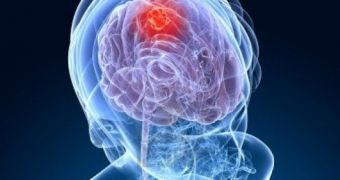A team of researchers currently working with the Johns Hopkins University are fairly confident that stem cells collected from inside a patient's own adipose tissue can be rather efficient in terms of tracking down cancer cells located inside the human brain.
As explained in their report on the matter at hand, which was recently published in the scientific journal PLOS ONE, such stem cells have an innate ability to locate damaged cells and can therefore make it possible for researchers to treat brain cancer more efficiently.
“Essentially these MSCs [mesenchymal stem cells] are like a ‘smart’ device that can track cancer cells,” scientist Quinones-Hinojosa argues.
For the time being, the main problem when removing various cancerous brain tumors, and especially gliblastomas, is that some cancer cells manage to elude the procedure and migrate to other areas which they later end up hurting.
Therefore, making sure that all of these cancer cells are successfully removed is mandatory, EurekAlert explains.
Study leader Alfredo Quinones-Hinojosa, M.D., made a case of how, “The biggest challenge in brain cancer is the migration of cancer cells. Even when we remove the tumor, some of the cells have already slipped away and are causing damage somewhere else.”
“Building off our findings, we may be able to find a way to arm a patient's own healthy cells with the treatment needed to chase down those cancer cells and destroy them. It's truly personalized medicine,” Alfredo Quinones-Hinojosa went on to argue.
By the looks of it, the idea of extracting such stem cells from a patient's adipose tissue and not from their bone marrow has to do with trying to make the procedure more endurable for the patient. Still, financial incentives were also taken into consideration.
To put it in a nutshell, it is both less invasive and less expensive to get the stem cells from fat and then trick them into carrying various drugs and treatments.

 14 DAY TRIAL //
14 DAY TRIAL //